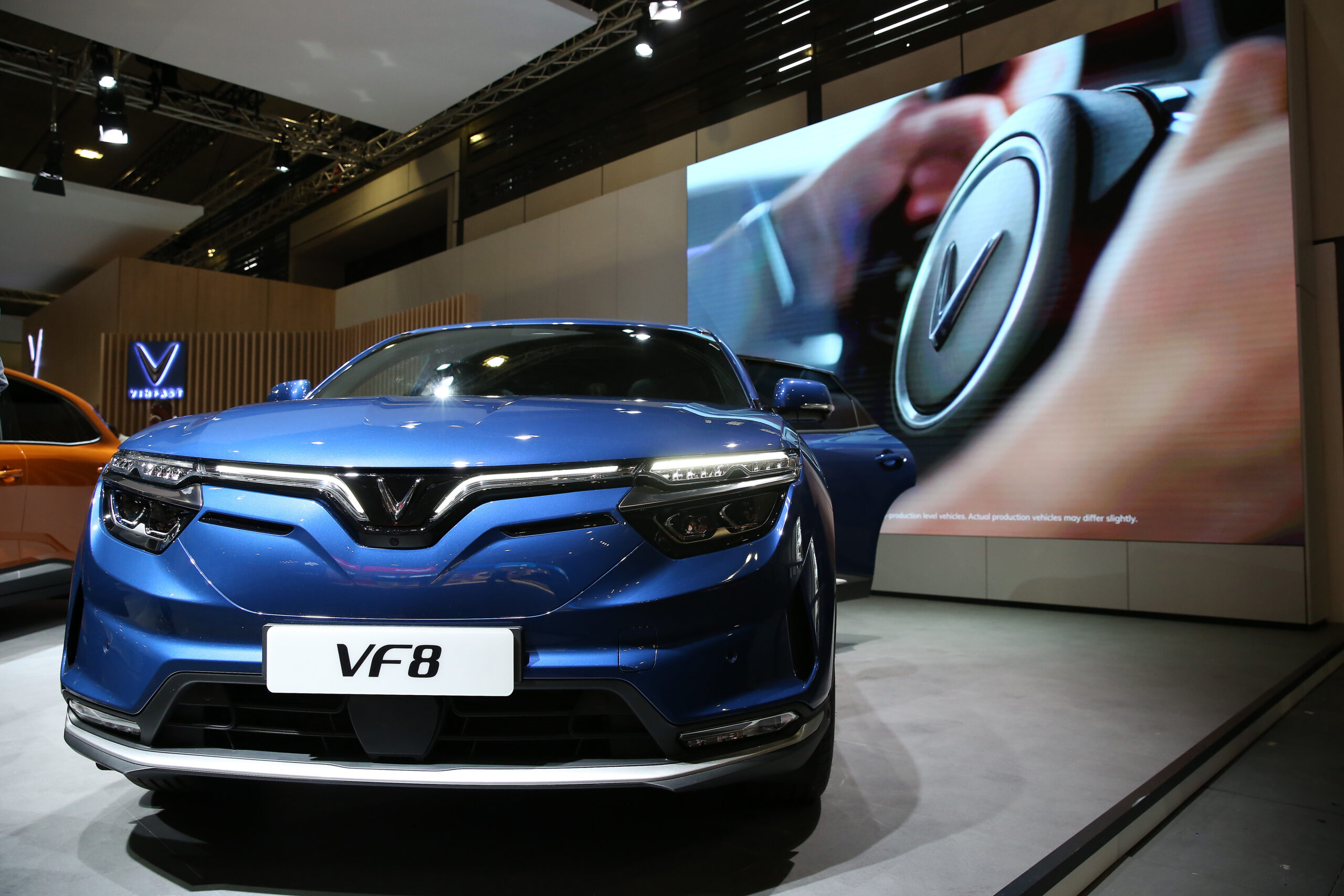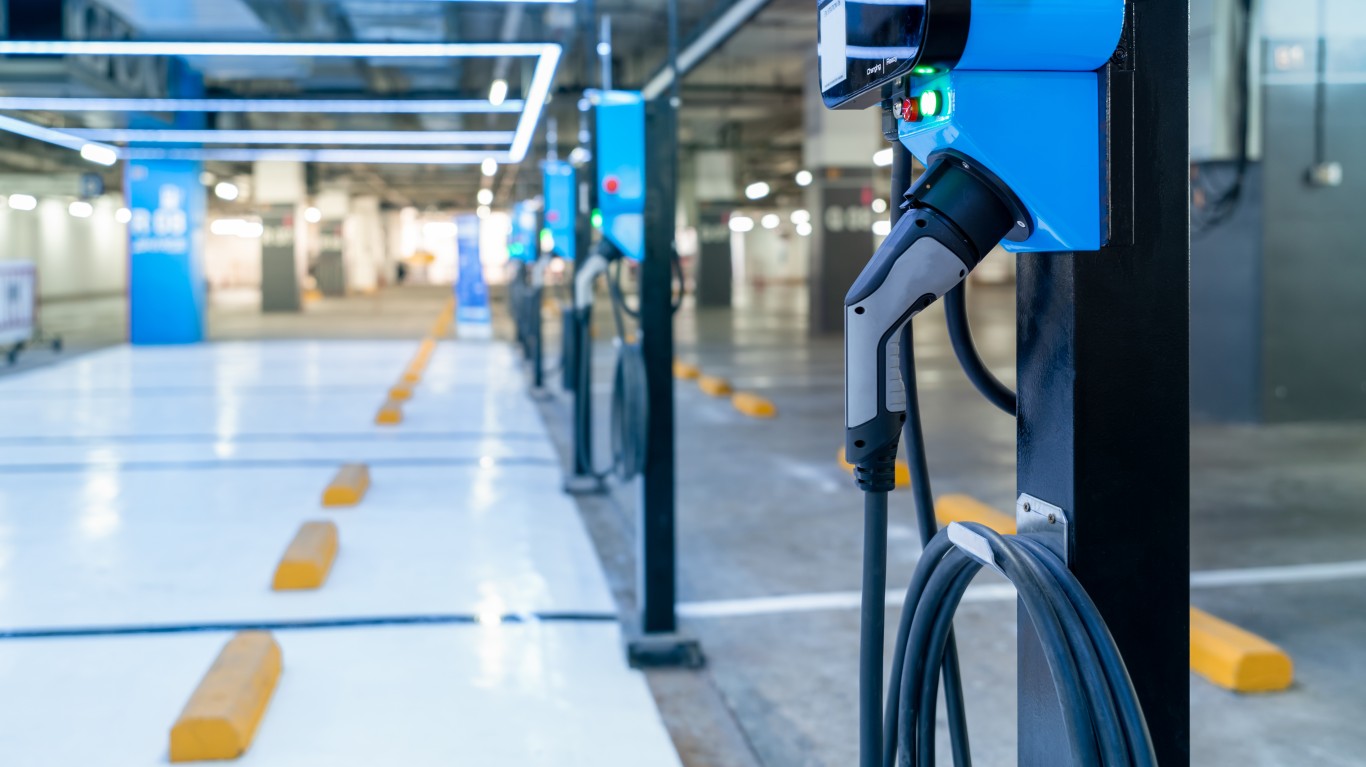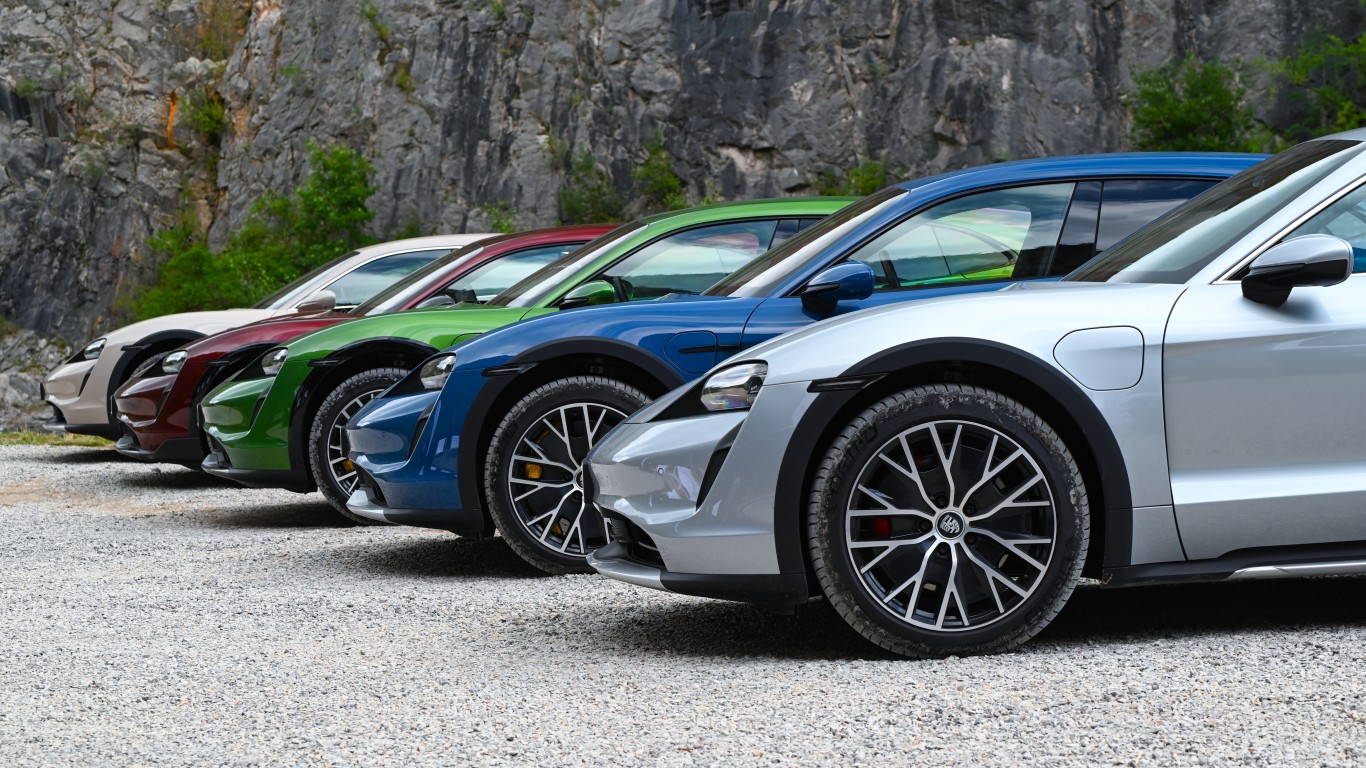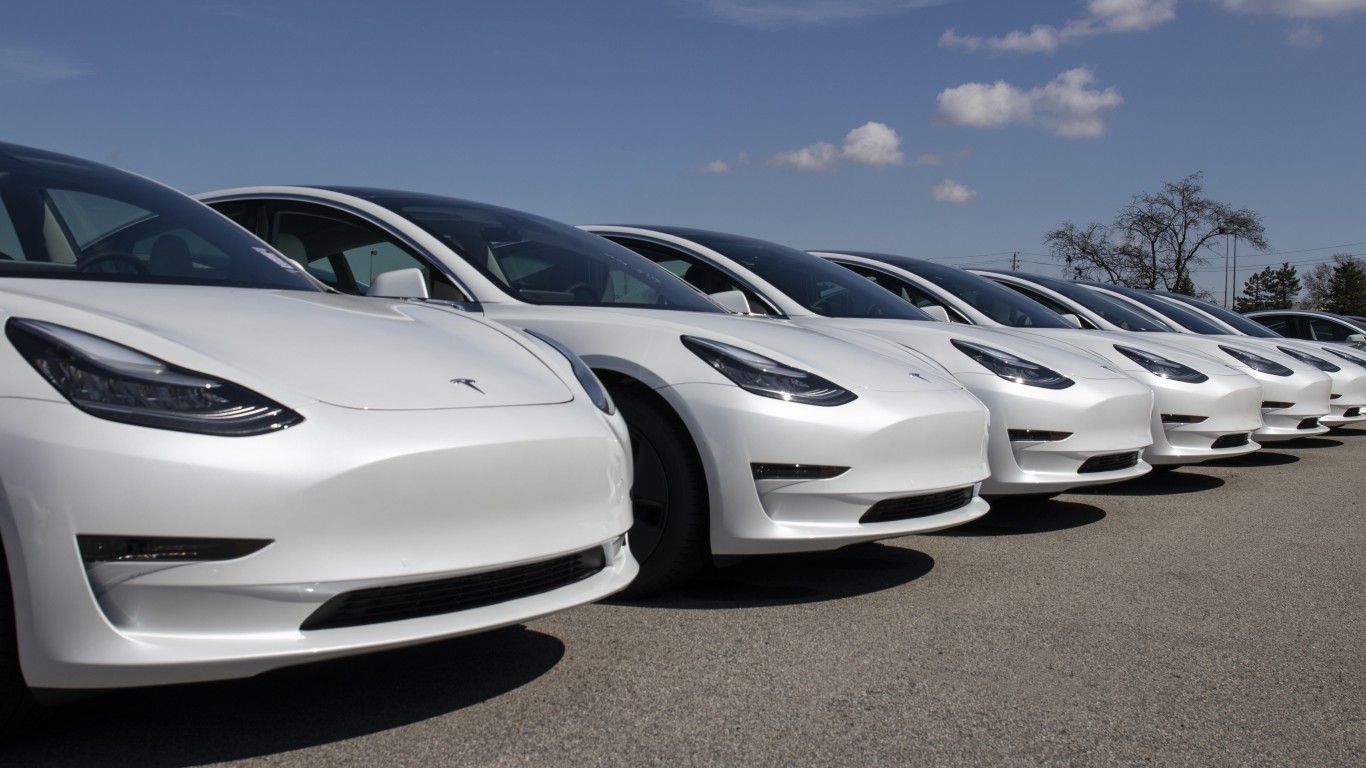
As with most things we would think shouldn’t be an issue, electric cars have found themselves as another pawn in the culture wars that perpetually online and extremely politically active individuals feel the need to wage against each other. Arguments from all sides make cases for and against electric vehicles, with misinformation aplenty.
But are electric vehicles actually better for the environment when you take manufacturing costs and electricity generation into consideration? Are they actually worse for the environment as right-wing channels would have you believe? Let’s find out.
Background on The Electric Car

Before we get into the comparisons between normal cars and electric vehicles, it would behoove us to remember that the electric car was not invented to save the environment, reduce fossil fuel pollution, or do anything even remotely related to the environment. Those are all marketing lines.
The electric car was invented to save the automobile industry. Full stop.
Development of the Electric Car

The automobile industry has always been opposed to the idea of the electric car. The earliest modern electric cars were developed in the 1990s, but an enormous campaign on behalf of U.S. automobile companies discredited the idea and destroyed any innovation for the next twenty years.
It wasn’t until the Tesla Roadster was released in 2008 that the first highway-legal electric car that the concept of electric vehicles became viable once again. Even then, it wasn’t until 2009 that a highway-legal electric car sold more than 10,000 vehicles: the Mitsubishi i-MiEV.
The Electric Renaissance

It was around this time that public opinion in the United States began to shift toward more green energy, environmentally friendly products, and reducing pollution. More people were opting to live in cities without a vehicle, choosing to go without a vehicle at all due to environmental concerns, or choosing older, used cars for various reasons. The automobile industry needed something new to stay relevant and fight against the cultural shift away from a car-centric society.
Chinese Investments

At the same time, the Chinese government began to invest heavily in electric vehicles because the air pollution in Chinese cities had become a major health hazard. As a result, more companies began to develop electric vehicles, and those that had already done so, of course, increased the prices of their cars significantly in order to take advantage of the subsidies. (Brands that increased their vehicle prices were Tesla, Volkswagen, Fiat, Honda, Isuzu, Mitsubishi, and Toyota.)
Is The Electric Car Better For The Environment?

To make a long answer short: yes, electric cars are better for the environment, and much better for urban areas, than gasoline vehicles even when you include the manufacturing process and electricity generation.
First, electric vehicles do not emit volatile organic compounds, carbon monoxide, ozone, hydrocarbons, lead, and nitrogen oxide in their exhaust because, well, they don’t have exhaust.
Sourcing Energy

Second, the sourcing of fossil fuels itself is much more damaging to the environment than the sourcing of materials for electric cars. By the time the gasoline even enters the car that will burn it, more damage has already been done than will ever be committed by an electric vehicle.
Also remember: electricity generation can always become more efficient and environmentally friendly, while combustion cars will always need fossil fuels, no matter how efficient they become.
Shifting Emissions

Third, the emissions involved in the production of electric vehicles are shifted away from the vehicles themselves (which operate in densely-populated areas, cities with poor air circulation, around children, and other areas) to electric plants and other facilities that are typically located far away from populated areas. So, the health effects of the emissions are drastically reduced. While the emissions will change depending on what generation method is used, they are always less than the emissions for a typical car.
Cheaper Manufacturing

Fourth, electric cars are cheaper to manufacture than typical cars, with the most expensive part being the battery, which has become cheaper to make in recent years. This means factories don’t spend as much time creating and working on a vehicle, and the parts needed aren’t as damaging to the environment because there is no gasoline in the car. This also makes the car easier to recycle and more environmentally friendly when it breaks and requires repair.
Where is the Benefit?

However, (and this is a big however) journalists, scientists, and experts have pointed out that there is a noticeable lack in the expected impact electric cars should have had on the climate crisis. Why? Three reasons: first, the environmental impact of electric cars has been heavily marketed, exaggerated, and overblown by the automotive industry in order to sell more vehicles, so the actual impact was never going to be as drastic as we were led to believe.
Offset by Bigger Cars

Second, while car manufacturers are selling electric vehicles, they are also making and selling ridiculous, larger, less-fuel-efficient trucks and vehicles that more than mitigate any positive impact electric vehicles have. Not only are these clown cars more damaging to the environment, but they are also safety hazards and the most dangerous vehicles to drive.
A Car-Obsessed Society

Third, no matter how many electric cars are sold, they still support and maintain a car-centric society that bases its culture, city layout, permits, and more on the need to own and use a car. Electric cars still need roads, wide freeways, parking lots, charging stations, large amounts of electricity, replacement parts, repair shops, car washes, dealerships, and more. Until we begin to adopt more people-friendly, environmentally sustainable, cheaper, and smarter modes of transportation like public transportation, begin designing walkable cities, and eliminate the need for a car altogether, the situation will only get worse.
The #1 Thing to Do Before You Claim Social Security (Sponsor)
Choosing the right (or wrong) time to claim Social Security can dramatically change your retirement. So, before making one of the biggest decisions of your financial life, it’s a smart idea to get an extra set of eyes on your complete financial situation.
A financial advisor can help you decide the right Social Security option for you and your family. Finding a qualified financial advisor doesn’t have to be hard. SmartAsset’s free tool matches you with up to three financial advisors who serve your area, and you can interview your advisor matches at no cost to decide which one is right for you.
Click here to match with up to 3 financial pros who would be excited to help you optimize your Social Security outcomes.
Have questions about retirement or personal finance? Email us at [email protected]!
By emailing your questions to 24/7 Wall St., you agree to have them published anonymously on a673b.bigscoots-temp.com.
By submitting your story, you understand and agree that we may use your story, or versions of it, in all media and platforms, including via third parties.
Thank you for reading! Have some feedback for us?
Contact the 24/7 Wall St. editorial team.



